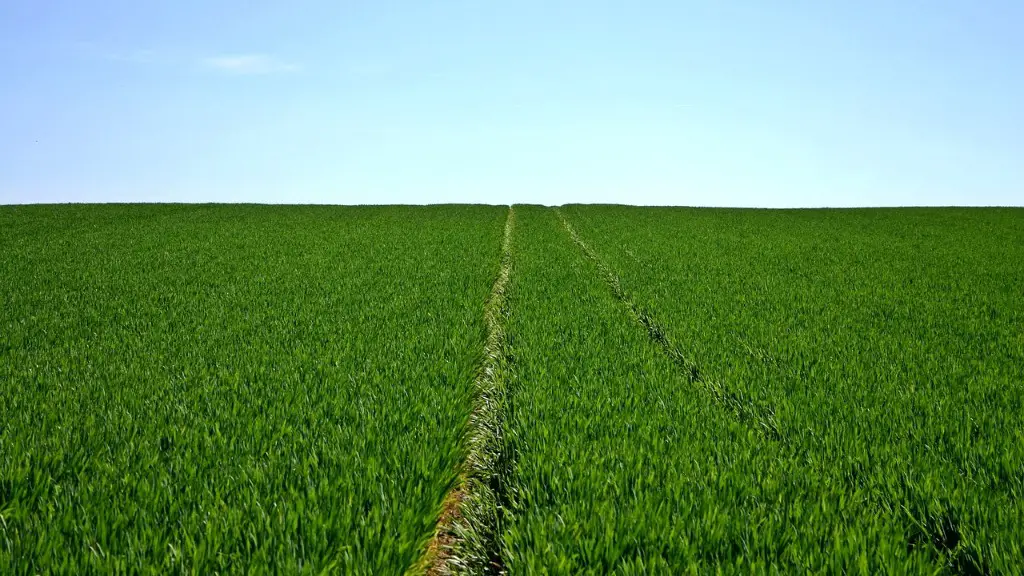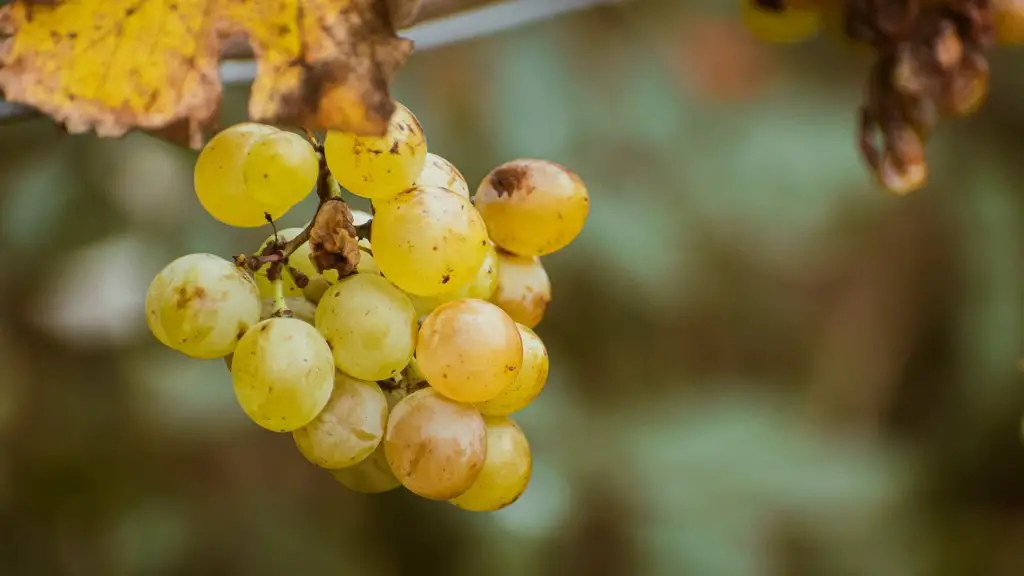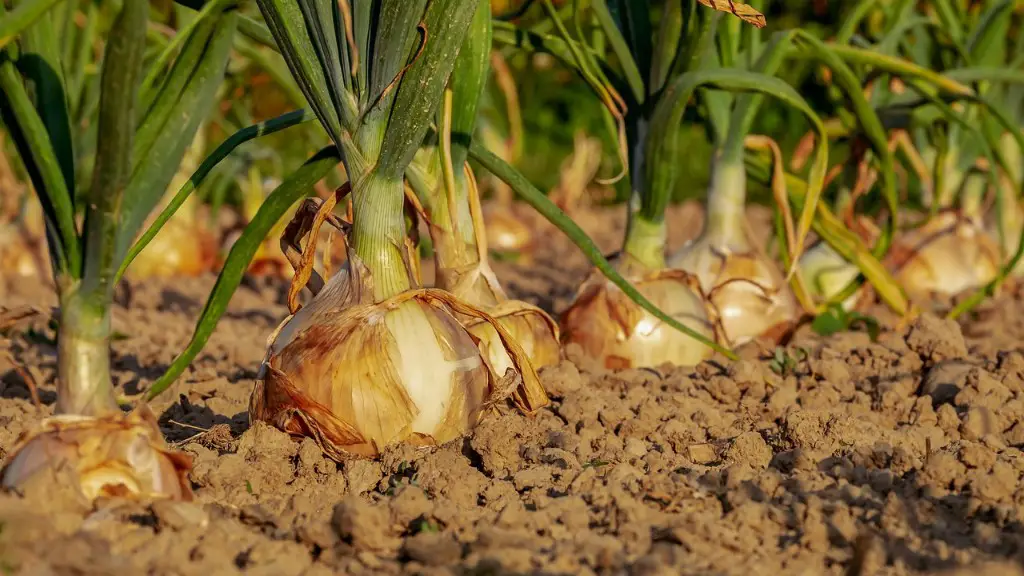Agriculture has served as a driving force in catalyzing, provoking, and aiding technological change and advancement over the centuries. The relationship between the two is, in fact, remarkably mutually beneficial. As technology enhances agricultural production, it, in turn, produces new resources, goods, and services that can be used to further advance technology. As technology changes agriculture, improvements in agricultural productivity and efficiency drive economic growth and consequently, technological advancement.
To begin with, agriculture necessitates the use of a variety of tools and machines to extract resources, such as farming implements like plows, shears, and scythes. With increased farming efficiency, technological developments are introduced on a larger scale, such as tractors and irrigation systems. Such technological innovations helped reduce labor-intensive aspects of farming and in turn, allowed farmers to produce a more bountiful harvest.
The increase in available and affordable food-stuffs further encouraged the growth of cities, which house the majority of a nation’s population. This situation created a demand for new construction techniques, materials, andbuilding methods, which, in turn, spurred technological advances. Such advanced technologies can be seen in the form of industrial farming techniques such as large-scale mechanization of equipment, chemical fertilizers, and plant-breeding techniques.
In addition, advancements in transportation technology have been beneficial in supplying food products throughout the nation and to different countries, increasing their permanence, thus creating an impetus for growth and global exchange. As technology shifted towards transportation networking via railroads, motorized ships and trucks, farmers were able to supply foodstuffs across larger distances and to farther-off markets.
Furthermore, the availability of technology such as computers and digital communication equipment has had an impact on agriculture. As technology has made communication more efficient and accessible, farmers are able to exchange information on a global scale, facilitating the spread of new ideas and practices in the agricultural community. Such digital advances also enable farmers to make quicker decisions with more accuracy and precision on price points, future investments, and investments in advanced equipment.
The introduction of automated machines and robots has also had a significant effect on agriculture, further introducing the possibility of streamlined, problem-solving procedures. Automation has enabled farmers to become increasingly independent of the need for labor and manual farming processes, allowing them to focus on farming activities that are more strategic, economic, and more efficient.
Thus, it is evident that agriculture has encouraged technological developments. In conclusion, this relationship between the two has a longstanding history, both mutually beneficial and dependent. With continuous development and advancement in technology, farmers will be able to continue to increase their productivity and efficiency, aiding in the production of larger, more bountiful harvests.
Animal Husbandry
The incorporation of animal husbandry in agricultural practices has undoubtedly been a major factor in the growth of technological advancement. In the early agrarian times, animals were largely implemented for crop cultivation, transportation of goods, for insulation and for other tasks that were otherwise laborious for humans to carry out. Furthermore, animals like horses and camels were used for transportation of goods and supplies, another form of technology. This utilization of animals allowed for speedy travel of goods and increased the efficiency of production. The domestic breeding of horses, horses, and other animals, as well as the harnessing of horses, raised efficiency in retrieval and fetching of goods, while also helping to create an economy.
Moreover, the domestication of animals has led to increased production of milk and milk products, eggs, wool, and animal hides, along with their trading, which proves instrumental in forming a new form of trade. Furthermore, the improvement of livestock has led to major advances in animal nutrition and breeding, as well as medical and management advances as it facilitates the transfer of genetic material from one animal species to another, thus aiding with sustainable agriculture. Through the careful selection of genetic traits and traits of animals, milk production, weight gain, disease resistance, and fertility can be improved, resulting in better products for consumers and increased profits for farmers.
With greater knowledge of animal genetics and the production of livestock, biotechnology is now benefiting from the arrival of genetic engineering, in which genetic information from one species can be transplanted into another. This allows for greater efficiency in the production of food and, ultimately, advances in agricultural technology. Such technology has also been adopted to produce new varieties of crops as well, as large-scale hybrids, while also mitigating climate change.
Machinery and Equipment
Agriculture relies heavily on machinery and equipment to make the most of available land and resources. In fact, in more advanced countries, machines and equipment are often responsible for most of the crop cultivation and harvesting. For example, tractors are used to plow, cultivate, and harvest crops, while lawnmowers make lawn maintenance easier and less labor-intensive. The development of new technologies has made farming processes more efficient and less time-consuming, thus promoting the development of higher yields and enhanced soil productivity.
Furthermore, the introduction of precision agriculture also means that machines are being deployed to perform tasks with speed and accuracy. Such technologies enable farmers to better optimize their use of land and link plants to areas of particular soils and climates. This is because, instead of attending to the needs of each plant, precision farming software can automatically identify each plant’s needs, thus creating a more efficient farming system.
Also, with the advancement of scientific farming techniques, a variety of tools are being used to maximize the yield of each crop. This includes modern fertilizers and pesticides, genetically modified seeds, and water-saving irrigation systems. These tools help reduce the labor and costs associated with farming as well as producing plentiful and healthy yields.
In addition, technological developments are boosting animal husbandry, as well. Dairy farming, for example, is benefiting from the introduction of computer-based systems, which monitor and manipulate data in milk production and nutrition, helping farmers more efficiently produce milk of a higher quality. This implies that technology has the potential to drastically improve farming practices and significantly boost agricultural production.
Farming and Technology
Technology is transforming farming practices, making it more productive and efficient. Tools like GPS, GIS, and remote sensing are being implemented for ease in crop monitoring, soil analysis, and forecasting of weather. This allows for astute decision-making, thus eliminating the need for manual labor and maximizing resources better.
Moreover, the digitization of farms has made it possible to utilize data to optimize and improve their operations. This means that information from satellite imagery and sensors can be used to detect changes in crops and be able to forecast their growth more accurately. By using this data, along with data from crop-management software, farmers are able to design custom-made strategies to amplify crop output, prevent wastage, reduce costs, and thus, increasing yields.
Additionally, the emergence of the agritech industry has revolutionized farming. Agritech companies are providing a variety of solutions such as sensors for crop monitoring, artificial intelligence for decision making, robotics for sowing, irrigation systems, and mobile apps for crop management, which can drastically increase efficiency and output. All of this implies that technology is allowing farms to become more productive and profitable.
Moreover, with technological advances, farmers are able to monitor and target areas of the field more accurately, allocating resources to a more specific, cost-effective spots. This could lead to more efficient use of resources and higher yields. In fact, precision agriculture technologies are now being specialized for individual plants, resulting in increased accuracy and productivity. Finally, we cannot forget the vast array of digital platforms available to improve the management of farms, including accounts, payrolls, and inventory trackers.
Marketing and Distribution
One of the key attributes of agricultural production is its marketing and distribution. Strong marketing strategies have the potential to increase the demand for agricultural goods and products, thus elevating their market value. This has been made possible by advancements in technology which have been able to provide farmers with the necessary tools and platforms to bring their goods and services to a global market. Now, with the internet and other digital technologies, farmers can easily reach a wider consumer base and have access to more efficient and reliable techniques for transport and distribution.
Moreover, technology has also enabled farmers to instantly keep track of their production and distribution data via their smart devices. This helps farmers know exactly when and where their goods and products are being distributed, ensuring their timely delivery to the consumer. In addition, digital platforms that allow farmers to sell direct to consumers are further contributing to the decrease in costs and increase in efficiency of agricultural sales. Such advances make it easier for farmers to sell their goods and products, while consumers can purchase goods that are of a higher quality, in a more cost-efficient manner.
Furthermore, online marketplace solutions, such as e-commerce, make it simpler for farmers to sell their goods and services. By cutting out the middle-man and having direct access to the consumer, farmers can often get more profit for their goods and products. Also, with the introduction of new solutions such as blockchain and distributed ledger technology, the supply-chain is becoming more secure and efficient, further aiding in the creditability of the product being sold.
In conclusion, technological advancements in marketing and distribution have created a revolutionary new way for farmers to conduct business, as well as providing consumers with a heightened access to fresh, quality agricultural goods. By providing an easier means for farmers to reach their target markets, and for end-users to purchase goods and services, technology has allowed farmers to generate improved profits and expand their businesses substantially.





